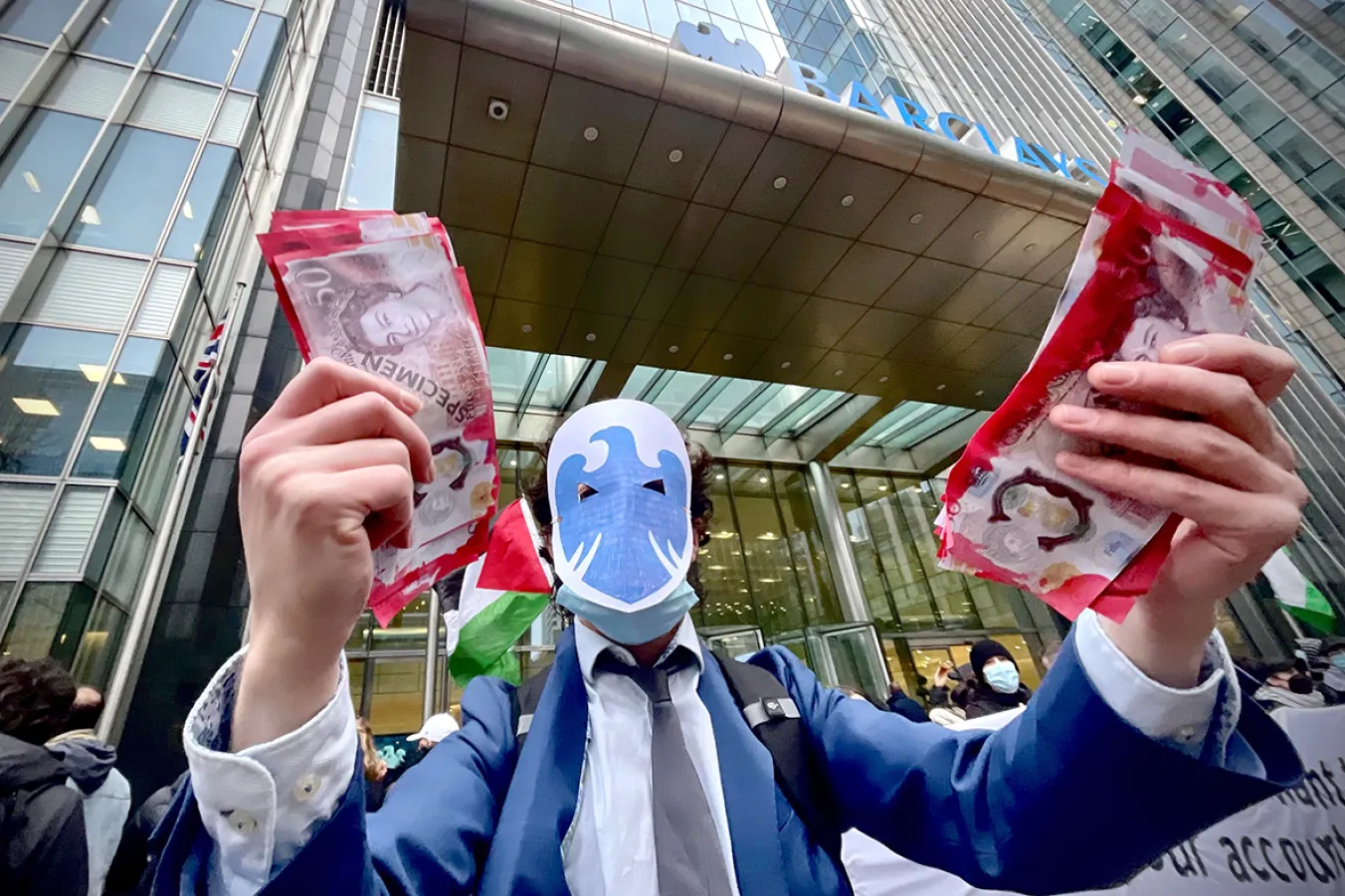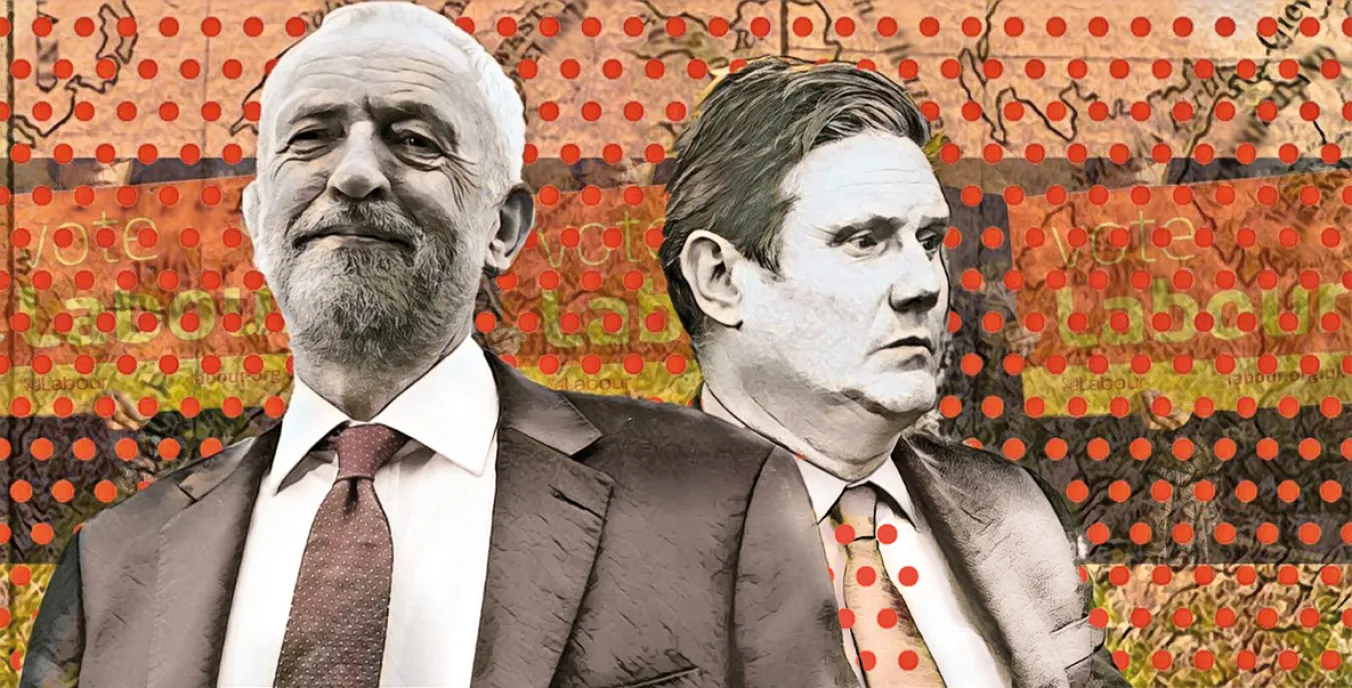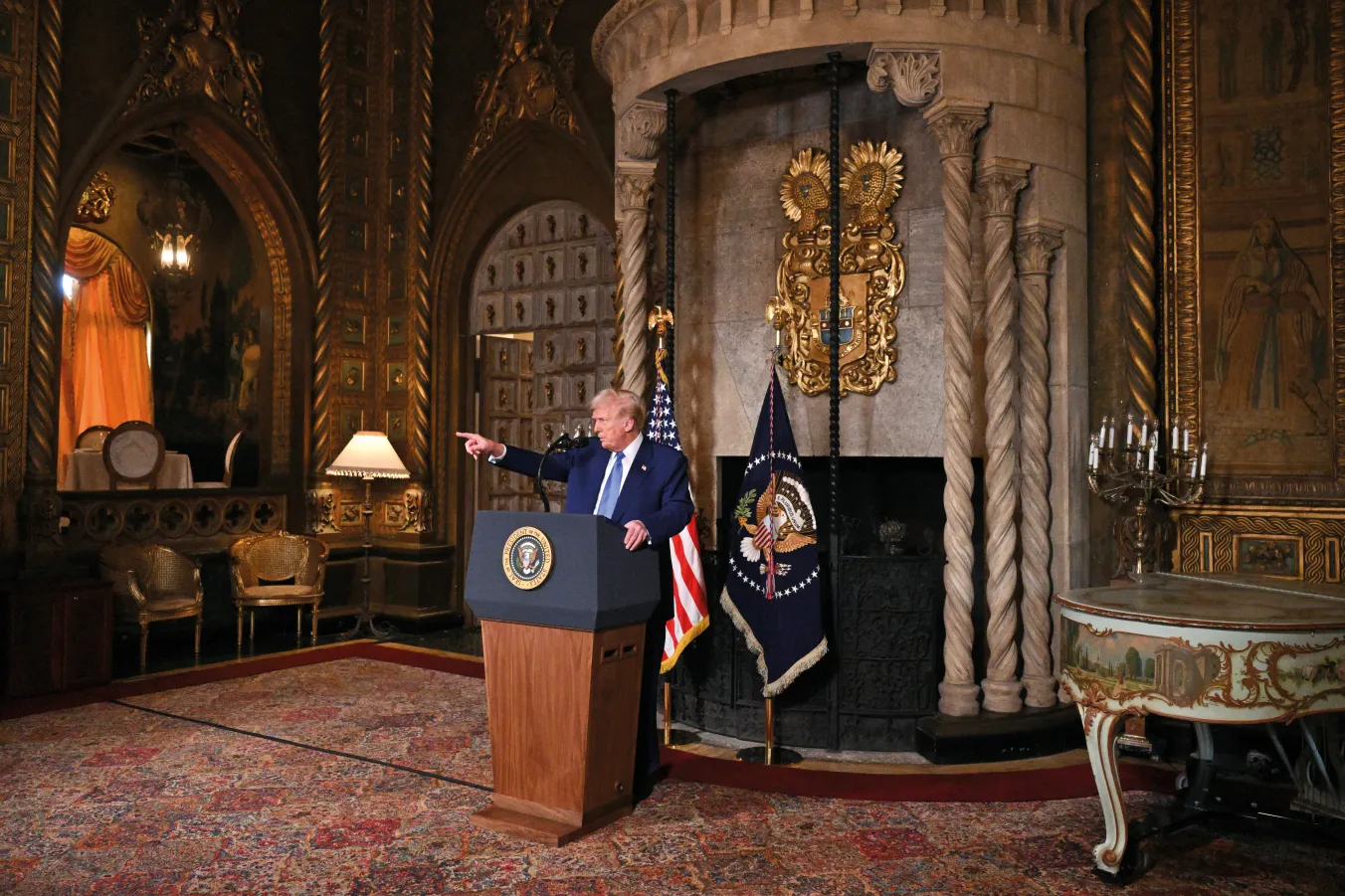
ICONOCLASM has a dual meaning — literally tearing down icons (particularly statues) and also metaphorical; challenging what were previously unchallenged or at least hegemonic (dominant) ideas. Marx and Engels were particularly effective at the latter — and the revolutions they inspired frequently involved the former.
Let’s start with statues. The Morning Star’s caption under its picture of protesters throwing an effigy of Edward Colston, a 17th-century slave trader and Tory MP, into Bristol harbour during a Black Lives Matter protest read: “About time.” Most readers of the paper (including this author) would agree. The statue had for many years been (and others like it remain) an insult, not just to black people but to all those opposed to slavery and exploitation. It should have been in a museum long ago.
By contrast there was a chorus of horror from the right. The Daily Telegraph declared: “We cannot let these Marxist vandals humiliate us in their mindless iconoclasm.” Four of the protesters were charged with criminal damage. They were acquitted by the jury. Subsequently the Tory government has introduced new legislation (the Police, Crime, Sentencing and Courts Act 2022) to close what it called a “loophole” that allowed the jury to act according to its conscience.


















